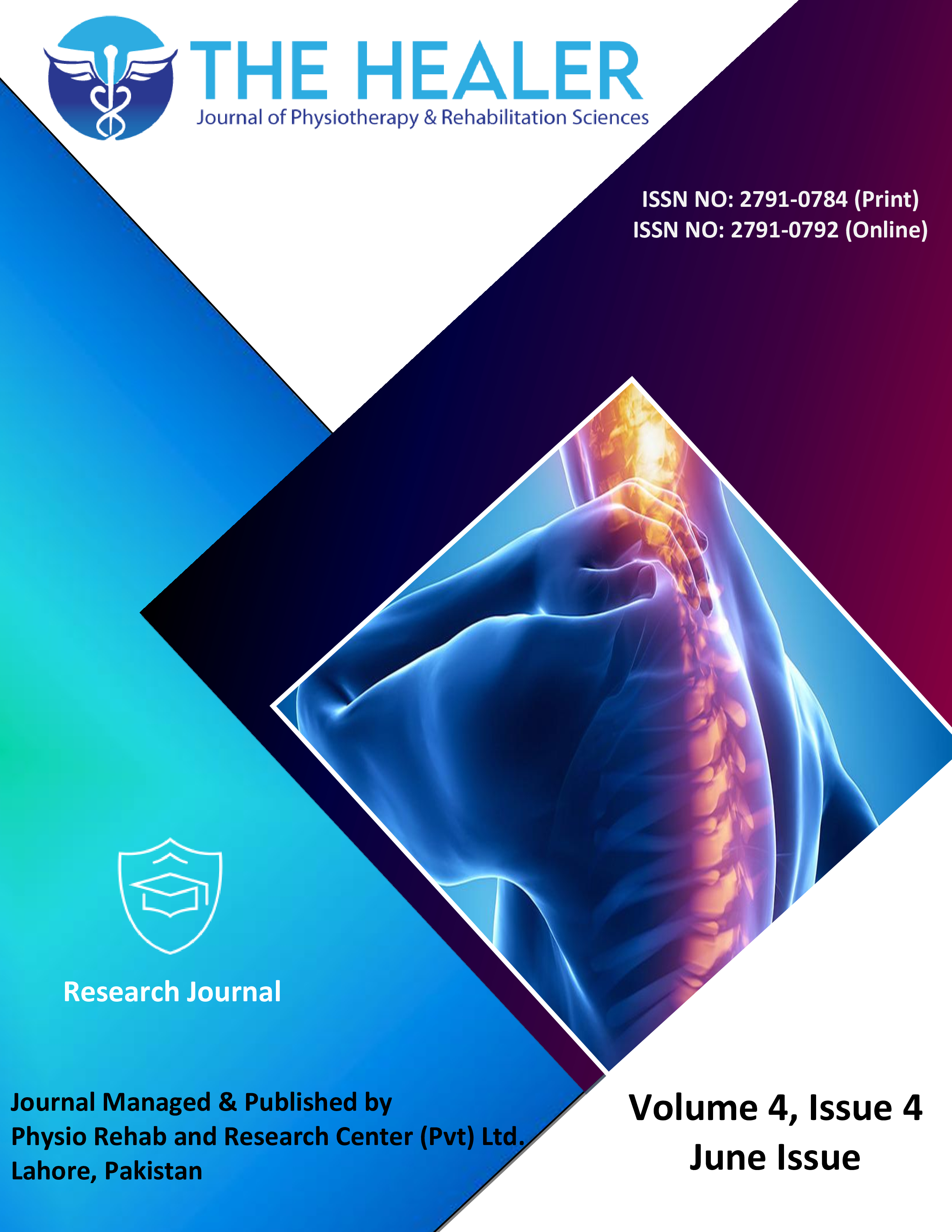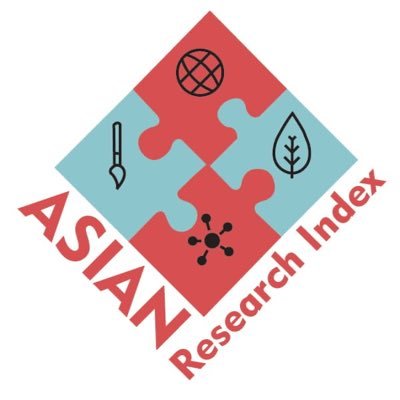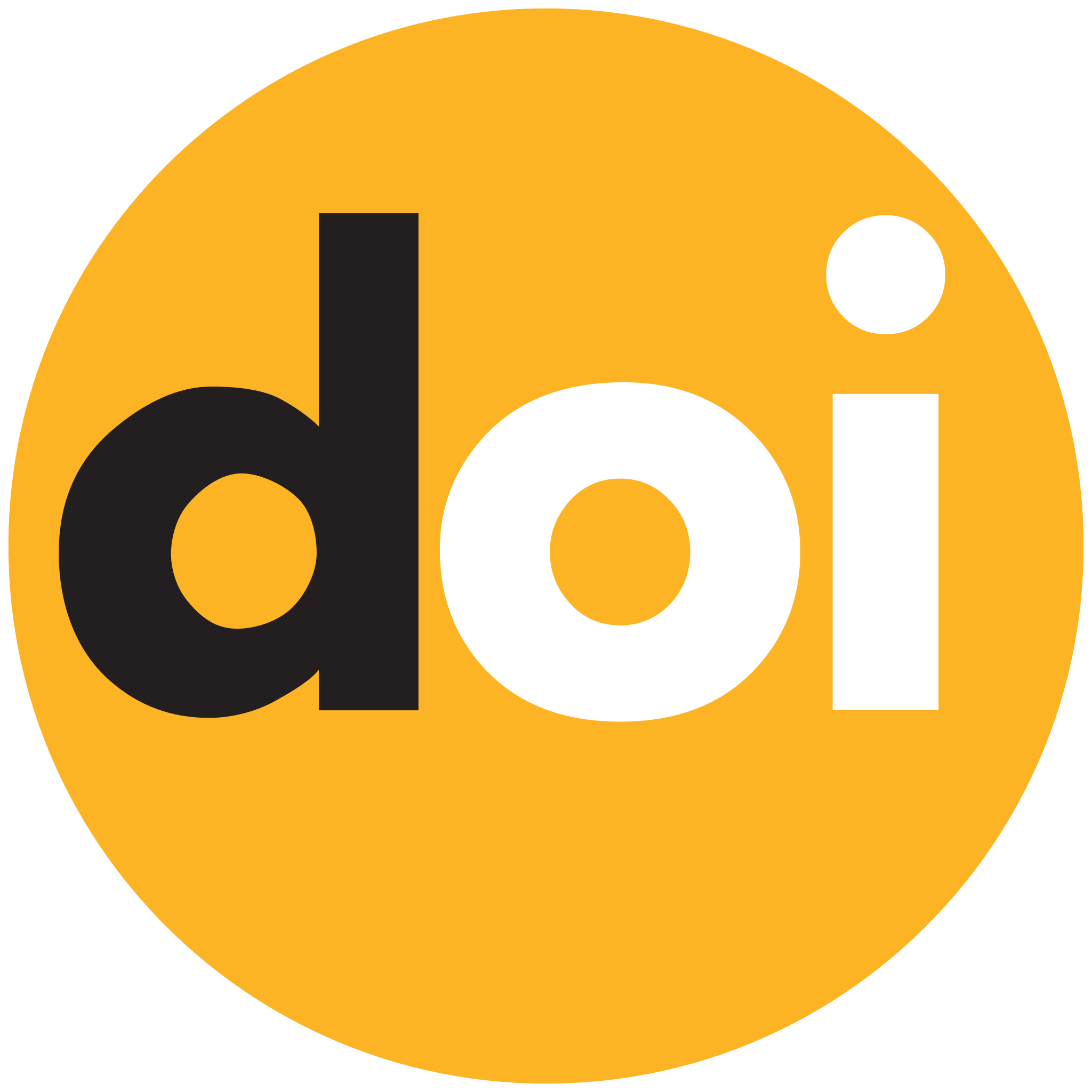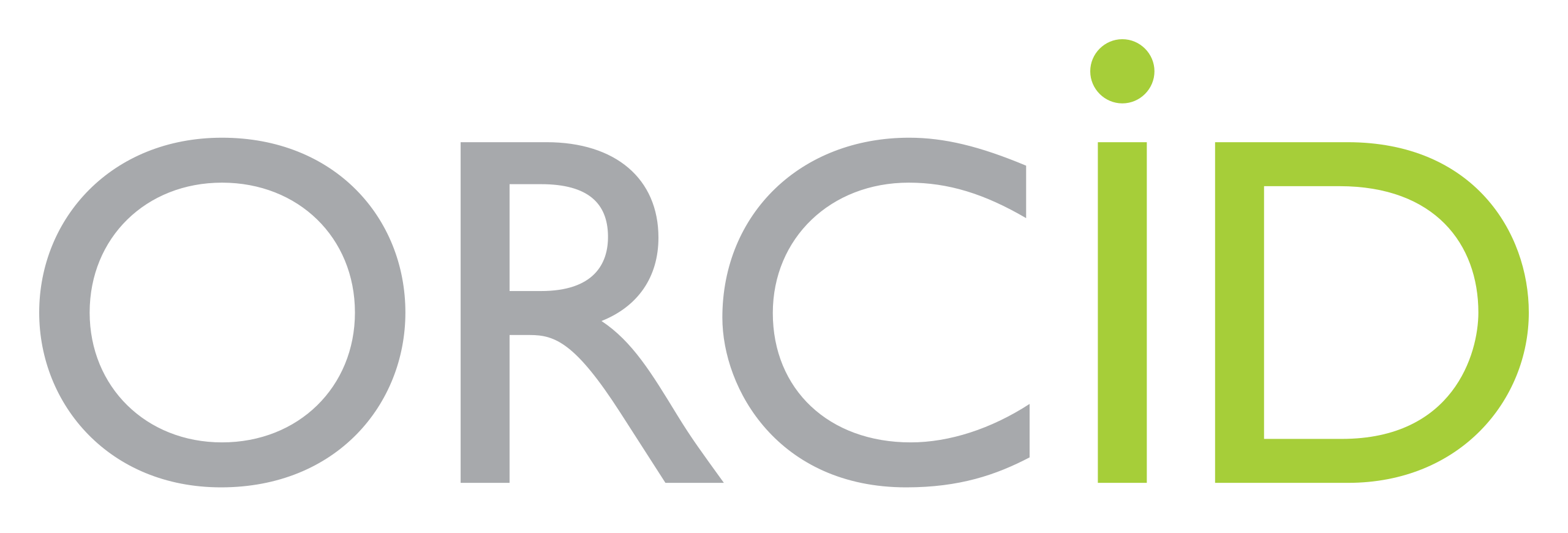Effective Leadership in Healthcare Professions: an Overview of Challenges and Solutions in Pakistan
Effective Leadership in Healthcare Professions
DOI:
https://doi.org/10.55735/hjprs.v4i4.309Keywords:
Leadership styles, Leadership in physical therapy, Challenges to leadershipAbstract
Strong and effective leadership, particularly in physical therapy, is the most important yet neglected in healthcare professions. Being physical therapists, we are unaware of the prospects related to leadership and the crucial role that it plays in the sustenance, dignity, and recognition of our profession of physical therapy. This review aims to narrate the effective leadership in healthcare professions to tackle challenges and their solutions. A narrative review was done by electronic searching from PubMed, Google Scholar, Science Direct, and Cochrane Library and the latest evidence was incorporated to foster our findings regarding the crucial role of effective leadership and its various aspects. Partly due to insufficient curriculum guide on leadership and management, and partly attributable to lack of formal leadership programs we remain deficient in the personnel or leaders in physical therapy that can drive the profession efficiently by playing their part in decision-making processes for policy development, implementation, and coping up with the challenges to this ever-growing, demanding and changing field of healthcare. Emphasis should be given to this top-level position and the whole hierarchy of management and professionals to ascertain the success of any organization which in our context is the field of physical therapy. There is a dire need to endow and uphold the programs that aim at developing clinical and academic leadership in physical therapists, to strengthen their position and role in making reforms, policy-making/implementation, budgeting, financing, and employability in their respective organizations, and for the prosperity of physical therapy as a profession. Comprehensive exploratory research is needed in our settings to not only explore the leadership styles of Doctor of Physical Therapy program directors and clinicians but also to develop a consensus on leadership competencies in the physical therapy profession in Pakistan.
Downloads
References
Benmira S, Agboola M. Evolution of leadership theory. BMJ Leader 2021; 5(1): 3-5.
Tschoepe BA, Clark D, Zeigler S, Green-Wilson J, Sebelski CA. The need for a leadership competency framework for physical therapists: a perspective in action. Journal of Physical Therapy Education 2021; 35(1): 46-54.
Desveaux L, Nanavaty G, Ryan J, et al. Exploring the concept of leadership from the perspective of physical therapists in Canada. Physiotherapy Canada 2012; 64(4): 367-75.
Sebelski CA, Green-Wilson J, Zeigler S, Clark D, Tschoepe B. Leadership competencies for physical therapists: a Delphi determination. Journal of Physical Therapy Education 2020; 34(2): 96-104.
Sadler P. Leadership: Kogan Page Publishers; 2003.
Northouse PG. Leadership: Theory and practice: Sage publications; 2021.
Reed BN, Klutts AM, Mattingly II TJ. A systematic review of leadership definitions, competencies, and assessment methods in pharmacy education. American Journal of Pharmaceutical Education 2019; 83(9): 7520.
Roßnagel CS. Leadership and motivation. Leadership today: Practices for personal and professional performance 2017: 217-28.
Al-Mosawi AJ. Leadership in medicine and healthcare: an overview of the emerging concepts and principles. Lupine Online Journal of Medical Sciences 2019; 4(1): 344-51.
Bass BM. From transactional to transformational leadership: Learning to share the vision. Organizational dynamics 1990; 18(3): 19-31.
Denis J-L, Langley A, Sergi V. Leadership in the plural. Academy of Management Annals 2012; 6(1): 211-83.
Khan MS, Khan I, Qureshi QA, et al. The styles of leadership: A critical review. Public Policy and Administration Research 2015; 5(3): 87-92.
Braun S, Kark R, Wisse B. Fifty shades of grey: exploring the dark sides of leadership and followership. Frontiers in Psychology 2018: 1877.
Desveaux L, Chan Z, Brooks D. Leadership in physical therapy: characteristics of academics and managers: a brief report. Physiotherapy Canada 2016; 68(1): 54-8.
McGowan E. Leadership Capabilities and Challanges in the Physiotherapy Profession in Ireland: Trinity College Dublin; 2017.
Haj T. Concepts of leadership and the value of leadership for health care professionals: Perspectives from doctor of physical therapy students. 2022.
Chigudu S, Jasseh M, d’Alessandro U, Corrah T, Demba A, Balen J. The role of leadership in people-centred health systems: a sub-national study in The Gambia. Health Policy and Planning 2018; 33(1): e14-e25.
Moreno-Domínguez MJ, Escobar-Rodríguez T, Pelayo-Díaz YM. Influence of leadership style on knowledge management and hospital efficiency. Gaceta Sanitaria 2023; 37: 102342-.
van Diggele C, Burgess A, Roberts C, Mellis C. Leadership in healthcare education. BMC Medical Education 2020; 20: 1-6.
West M, Armit K, Loewenthal L, Eckert R, West T, Lee A. Leadership and leadership development in health care: the evidence base. 2015.
McAlearney AS. Leadership development in healthcare: a qualitative study. Journal of Organizational Behavior: The International Journal of Industrial, Occupational and Organizational Psychology and Behavior 2006; 27(7): 967-82.
Stoikov S, Maxwell L, Butler J, Shardlow K, Gooding M, Kuys S. The transition from physiotherapy student to new graduate: are they prepared? Physiotherapy Theory and Practice 2022; 38(1): 101-11.
Brown DS. Leadership Styles of Doctor of Physical Therapy Program Directors: Northern Illinois University; 2022.
Bennie SD, Rodriguez TE. Characteristics of entry-level physical therapist education program directors. Journal of Physical Therapy Education 2019; 33(1): 70-7.
Bikmoradi A, Brommels M, Shoghli A, Khorasani‐Zavareh D, Masiello I. Identifying challenges for academic leadership in medical universities in Iran. Medical Education 2010; 44(5): 459-67.
Sadowski B, Cantrell S, Barelski A, O'Malley PG, Hartzell JD. Leadership training in graduate medical education: a systematic review. Journal of Graduate Medical Education 2018; 10(2): 134-48.
Frich JC, Brewster AL, Cherlin EJ, Bradley EH. Leadership development programs for physicians: a systematic review. Journal of General Internal Medicine 2015; 30: 656-74.
Sze GW, Yuin YS, Durganaudu H, Pillai N, Yap CG, Jahan NK. Narrative Review of Leadership Development Programs among Medical Professionals. Open Access Library Journal 2021; 8(6): 1-12.
Guibert‐Lacasa C, Vázquez‐Calatayud M. Nurses' clinical leadership in the hospital setting: A systematic review. Journal of Nursing Management 2022; 30(4): 913-25.
Gooty J, Connelly S, Griffith J, Gupta A. Leadership, affect and emotions: A state of the science review. The Leadership Quarterly 2010; 21(6): 979-1004.
Oyefeso AI. Leadership styles and leadership effectiveness of outpatient physical therapy clinic managers: Walden University; 2017.
Goodwin N. Leadership in health care: a European perspective: Routledge; 2013.
Ghiasipour M, Mosadeghrad AM, Arab M, Jaafaripooyan E. Leadership challenges in health care organizations: The case of Iranian hospitals. Medical journal of the Islamic Republic of Iran 2017; 31: 96.
Barr J, Dowding L. Leadership in Health Care: Sage; 2022.
Yücel H, Seyithanoğlu H. Choosing the most efficacious scoring method for carpal tunnel syndrome. Acta Orthop Traumatol Turc 2015; 49(1): 23-9.
Babur MN, Siddique FR, Awan WA. Future of physical therapy in Pakistan-Satisfaction amongst Pakistani physical therapists about their profession. Isra Medical Journal 2014; 6(1): 25-7.
Darain H. Physical therapy development in pakistan: a ‘paradigm shift’. Annals of Allied Health Sciences 2015; 1(1): 1-2.
Palmer S, Coad J, Gamble J, et al. Nursing, midwifery, and allied health professions research capacities and cultures: a survey of staff within a university and acute healthcare organisation. BMC Health Services Research 2023; 23(1): 1-15.
Rapport MJK, Stelzner D, Rodriguez J. The Doctor of Physical Therapy Degree: A New Curriculum for a New Degree. Physical Disabilities: Education and Related Services 2007; 26(1): 63-76.

Downloads
Published
License
Copyright (c) 2025 The Healer Journal of Physiotherapy and Rehabilitation Sciences

This work is licensed under a Creative Commons Attribution 4.0 International License.













